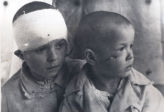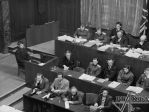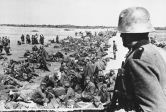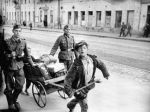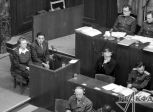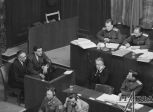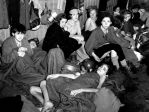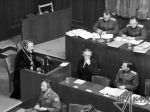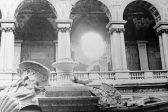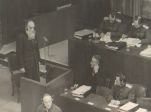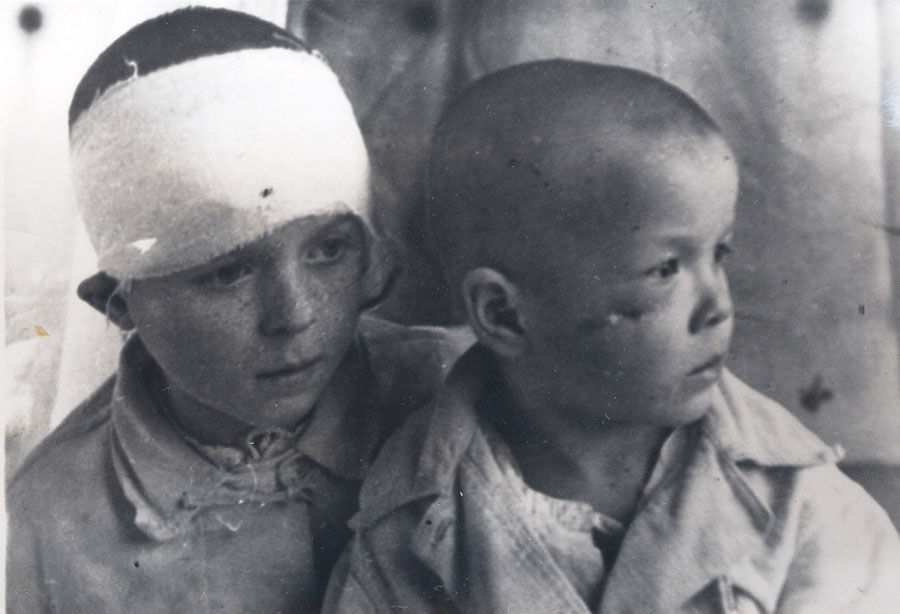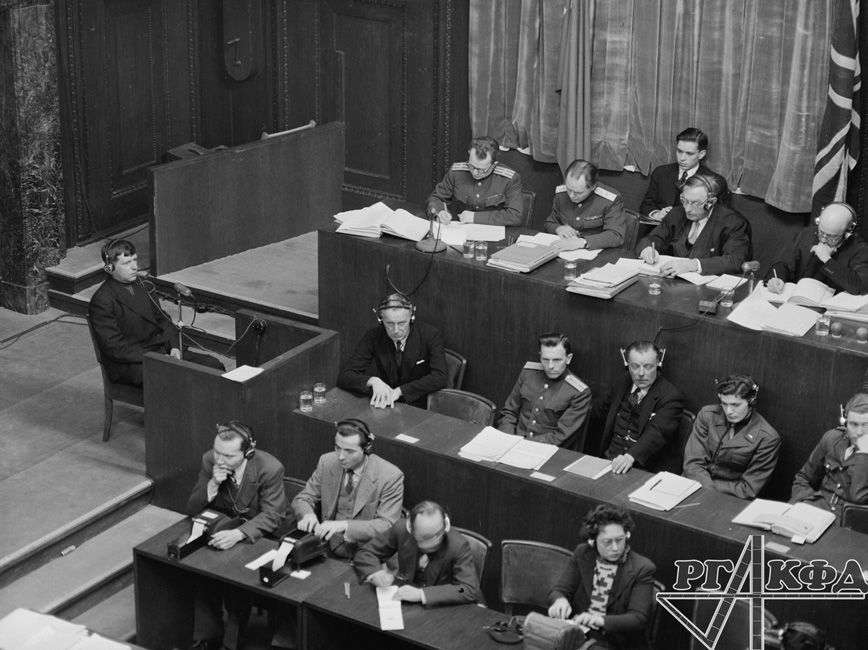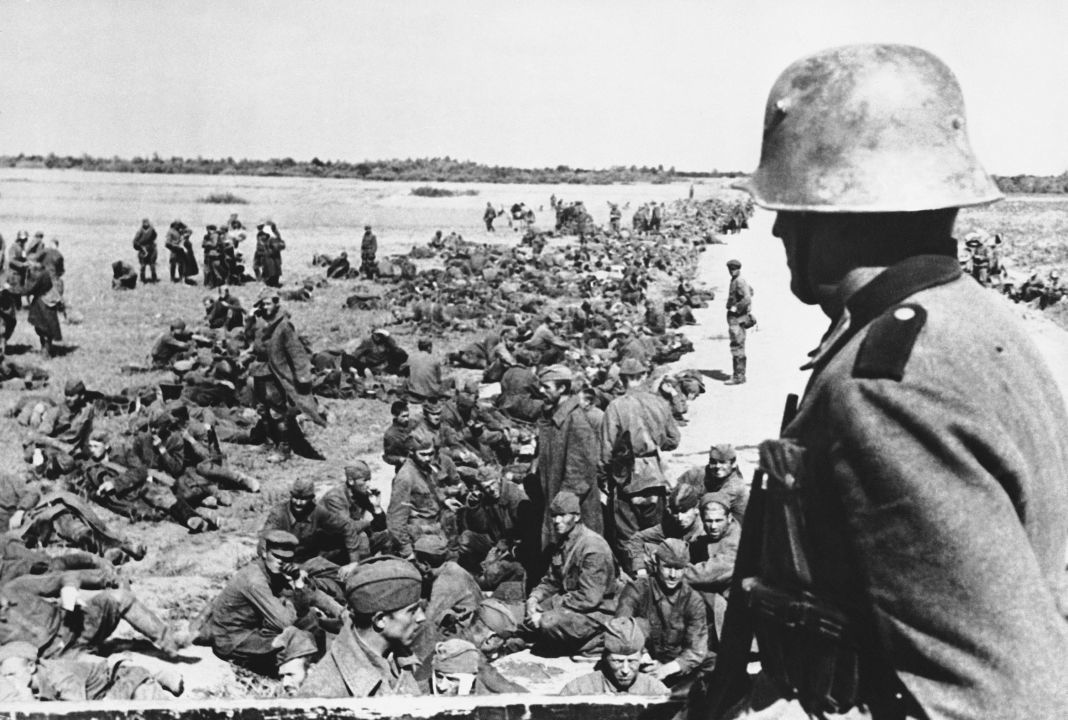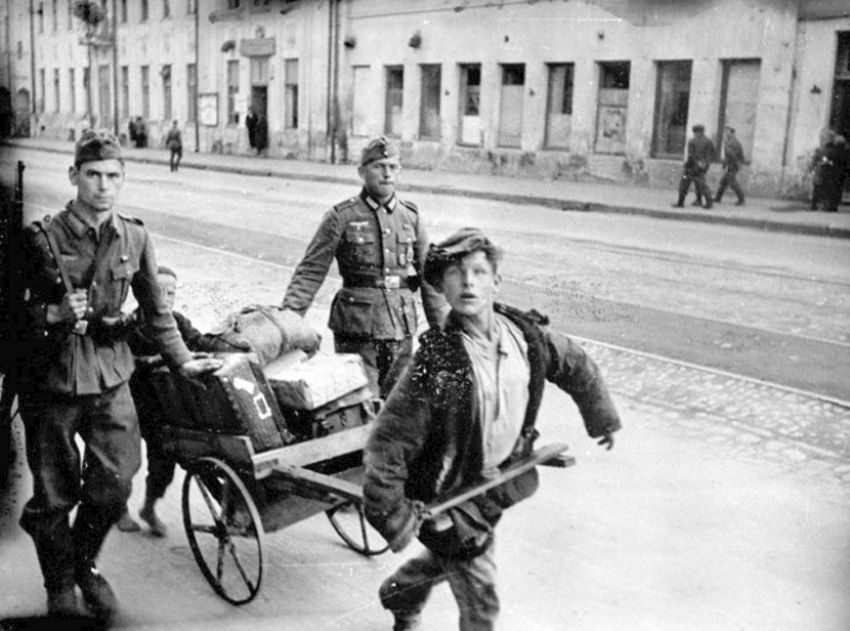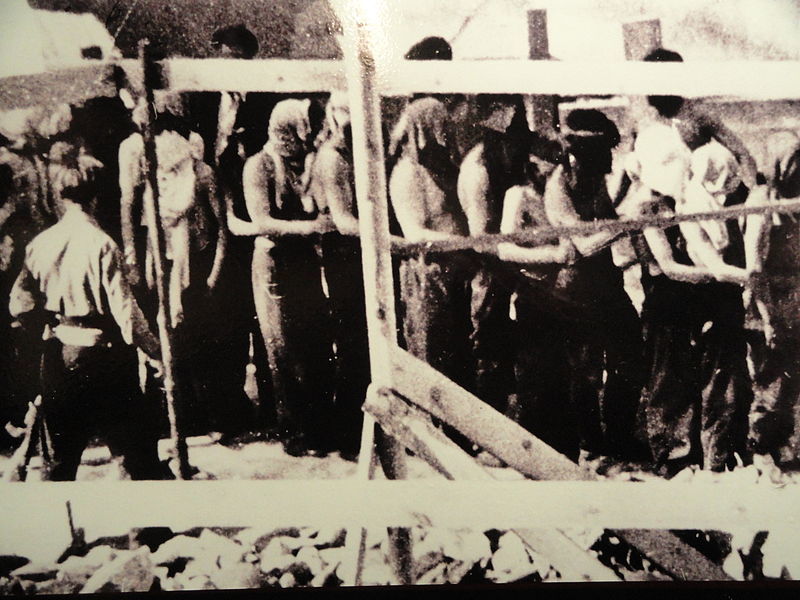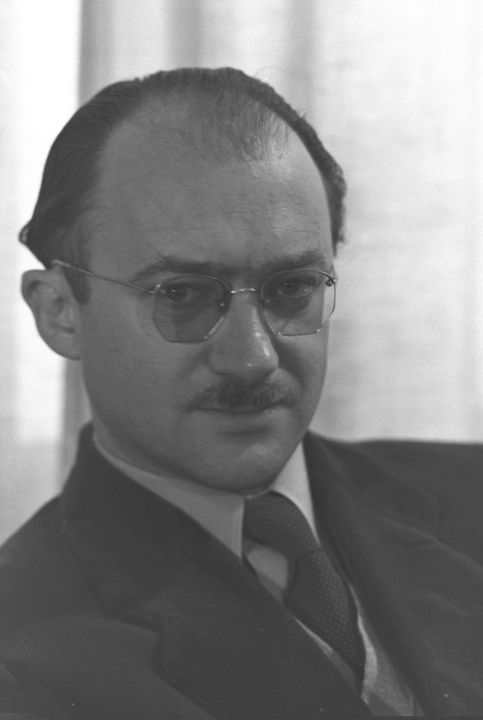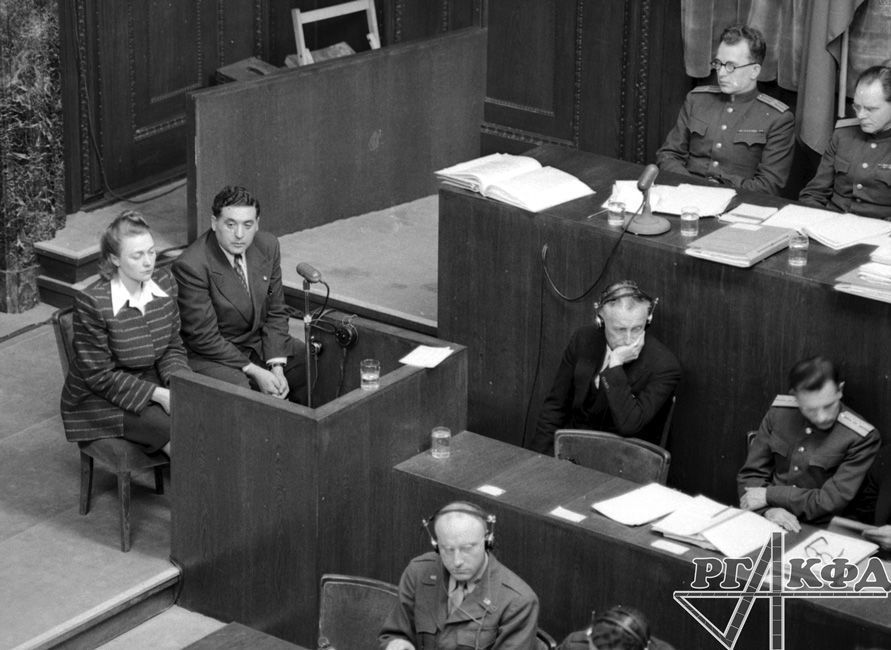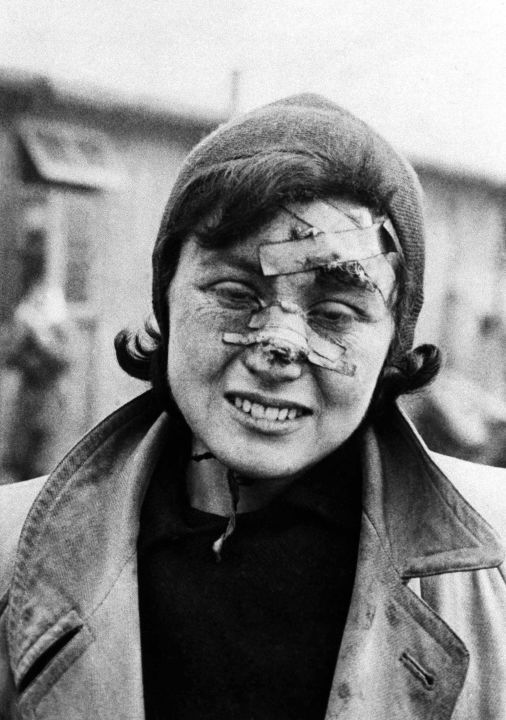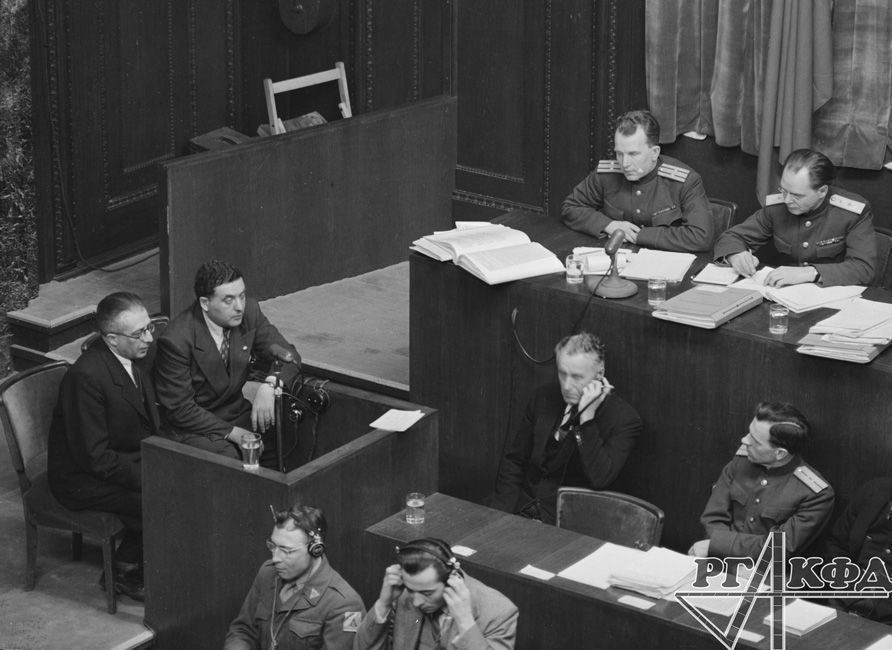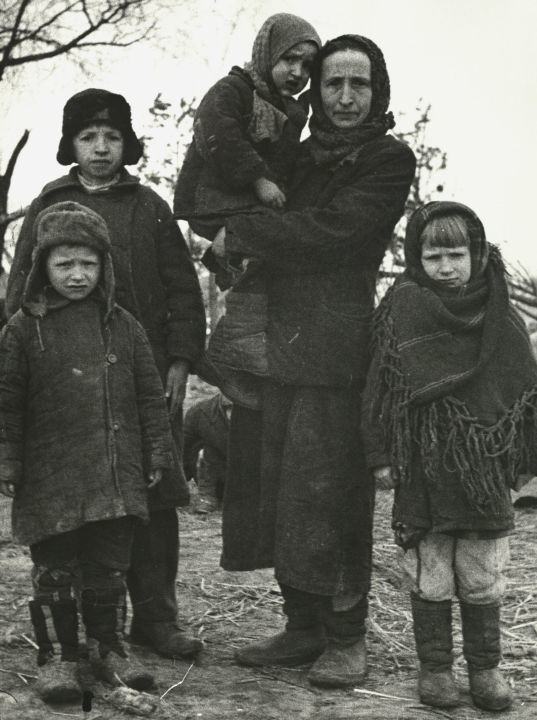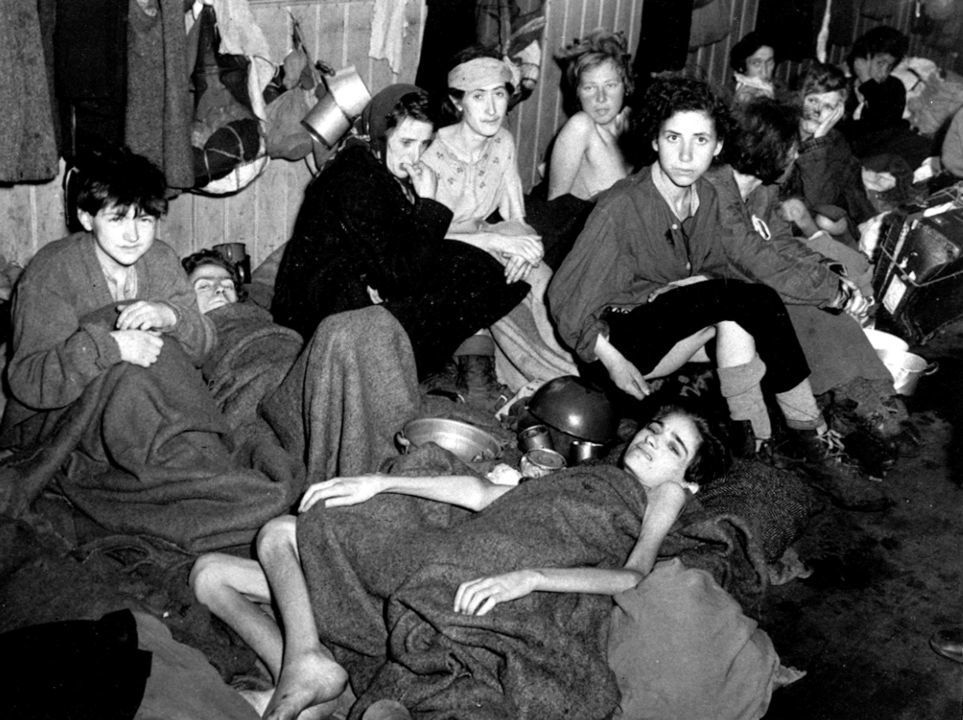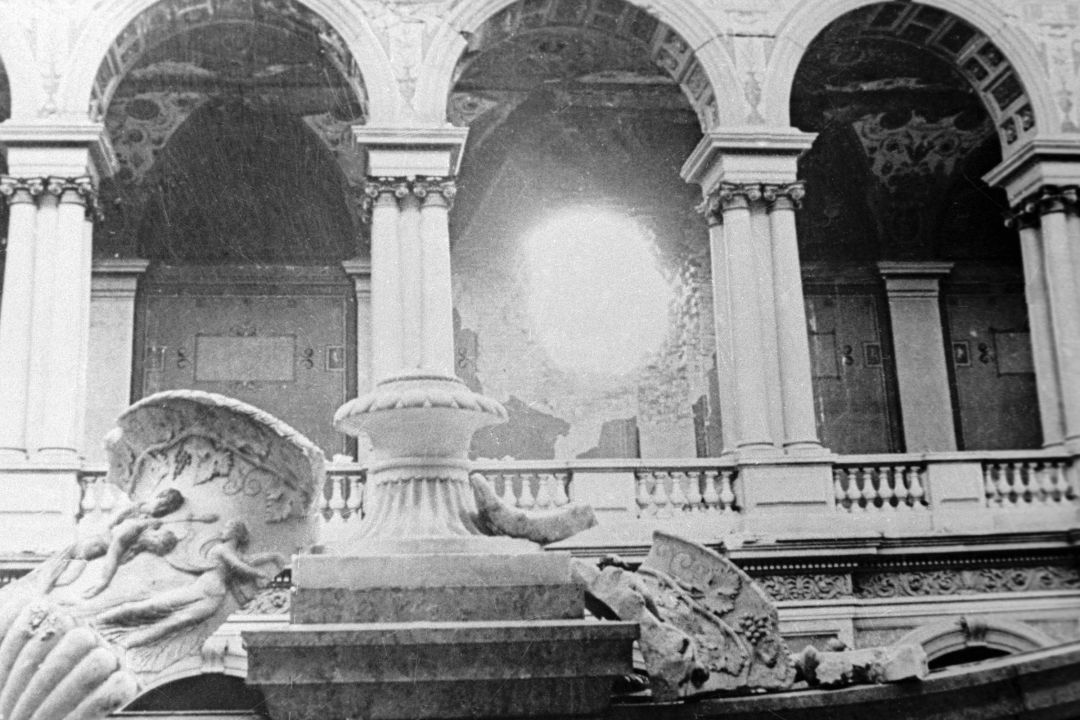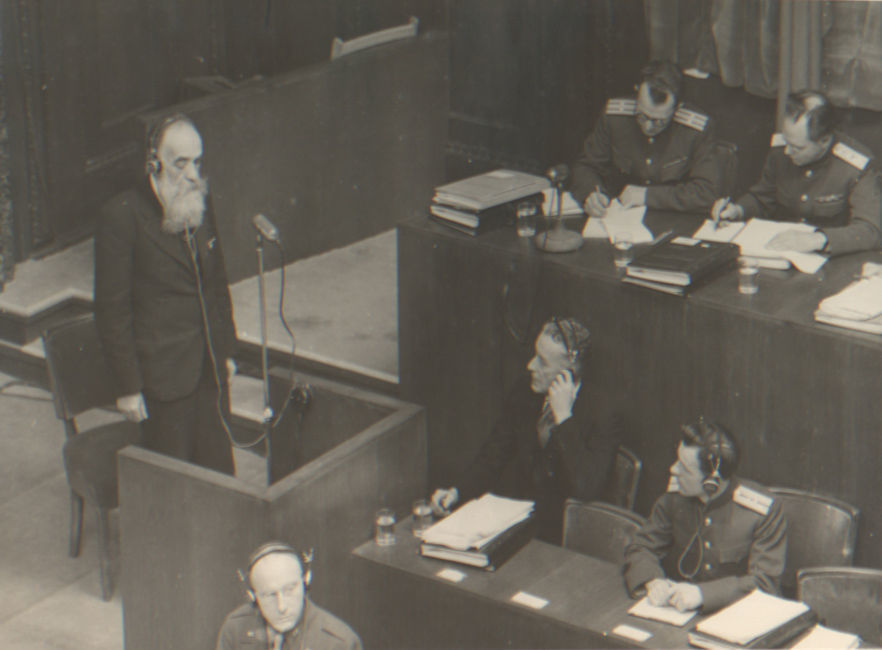Examination of Witness Joseph Orbeli
State Archive of the Russian Federation (GARF). F. R-7021. Series. 128. Case. 279. Pg. 16.
Joseph Orbeli:
During many long months these buildings were under systematic air bombardment and artillery shelling…Two air bombs and about 30 artillery shells hit the Hermitage. Shells caused considerable damage to the building, and air bombs destroyed the drainage system and water conduit system of the Hermitage.
While observing the destruction done to the Hermitage I could also see, across the river, the buildings of the Academy of Science, namely: the Museum of Anthropology and Ethnography, the Zoological Museum, and right next to it the Naval Museum, in the building of the former Stock Exchange. All these buildings were under especially heavy bombardment of incendiary bombs. I saw the effect of these hits from a window in the Winter Palace.
Artillery shells caused considerable damage to the Hermitage. I shall mention the most important. One shell broke the portico of the main building of the Hermitage, facing the Millionnaya Street and damaged the piece of sculpture "Atlanta."
The other shell went through the ceiling of one of the most sumptuous halls in the Winter Palace and caused considerable damage there. The former stable of the Winter Palace was hit by two shells. Among court carriages of the 17th and 18th centuries that were there displayed, four from the 18th century of high artistic value, and one 19th century gilt carriage were shattered to pieces by one of these shells. Furthermore, one shell went through the ceiling of the Numismatic Hall and of the Hall of Columns in the main building of the Hermitage, and a balcony of this hall was destroyed by it.
At the same time, a branch building of the Hermitage Museum on Solyanoy Lane, namely the former Stieglitz Museum was hit by a bomb from the air which caused very great damage to the building. The building was absolutely unfit for use, and a large part of the exhibits in this building suffered damage.
I had the chance to acquaint myself in detail with the condition of the monuments of Peterhof, Tzarskoye Ssyelo, and Pavlovsk; in all those three towns I saw traces of the monstrous damage to those monuments. And all the damage which I saw, and which is very hard to describe in full because it is too great, all of it showed traces of premeditation.”
Hans Laternser, Counsel for the General Staff and High Command of the German Armed Forces and Robert Servatius, defender of Fritz Sauckel tried to convince the witness, that the Luftwaffe did not bomb museums, but military facilities and bridges.
Laternser:Can you tell me whether near the Hermitage Palace and Winter Palace there are any industries, particularly armament industries?
Orbeli: So far as I know, in the vicinity of the Hermitage, there are no military enterprises. If the question meant the building of the General Staff, that is located on the other side of the Palace Square, and it suffered much less from shelling than the Winter Palace. The General Staff building, which is on the other side of Palace Square was, so far as I know, hit only by two shells.
Laternser: Do you know whether there were artillery batteries, perhaps, near the buildings which you mentioned?
Orbeli: On the whole square around the Winter Palace and the Hermitage there was not a single artillery battery, because from the very beginning steps were taken to prevent any unnecessary vibration near the buildings where such precious museum pieces were.
Dr. Servatius: Have you any knowledge whatever of artillery from which you can judge whether the target was the palace or the bridge beside it?
Orbeli: I never was an artillery man, but I suppose that if German artillery was aiming only at the bridge then it could not possibly hit the bridge only once and hit the palace, which is across the way, with 30 shells. Within these limits – I am an artillery man.
Dr. Servatius: That is your conviction as a non-artillery man. I have another question. The Neva River was used by the fleet. How far from the Winter Palace were the ships of the Red Fleet?
Orbeli: In that part of the Neva River there were no battle-ships which were firing or were used for such kind of service. The Neva ships were anchored in another part of the river, far from the Winter Palace.
